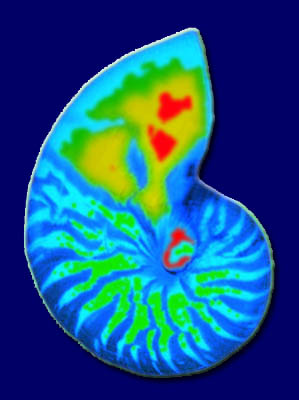
Comments: no download.
Ref.: in UACE'2017, Skyathos (Greece), September 2017.
Abstract:
The Dual Accelerometer Vector Sensor (DAVS) consists of two tri-axial accelerometers and one hydrophone
aligned in a vertical axis molded in one unit. The DAVS was developed within the activities of the WiMUST
European project, which aims to improve the efficacy of actual seismic surveys by the use of Autonomous
Underwater Vehicles (AUVs) in a distributed configuration. Taking into account their spatial filtering
capabilities, vector sensors allow to reduce the arrays length and energy consumption of the AUVs,
increasing the maneuverability and facilitating the operation of the WiMUST distributed system. This
paper presents the results of the functionality tests of the DAVS prototype conducted in a shallow pond
(~3m deep), in “Parque das Nações”, Lisbon. The probe signals in the 1-2kHz band were emitted by a
moored source deployed at 1.5m depth. The DAVS was mounted in front of a MEDUSA class AUV, which was
sailing beneath the surface and was following a pre-programed path with a 0.26m/s nominal speed.
Preliminary results show that the azimuth estimates are coherent with the MEDUSA trajectories even
in curved paths where the thruster noise increases. Moreover, combinations of the pressure and particle
velocity from DAVS outputs, show to improve the image of bottom reflection structure.
[work supported by EU H2020 under project WiMUST ICT-645141].